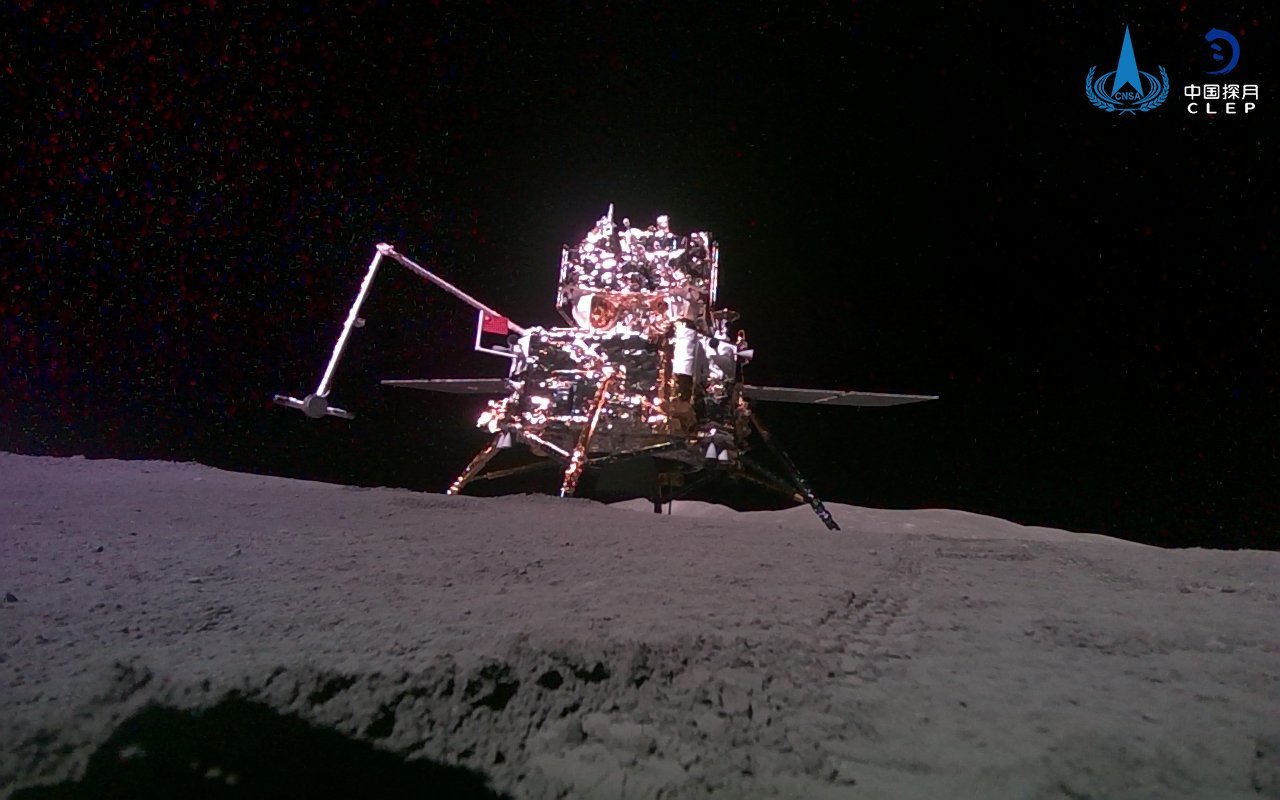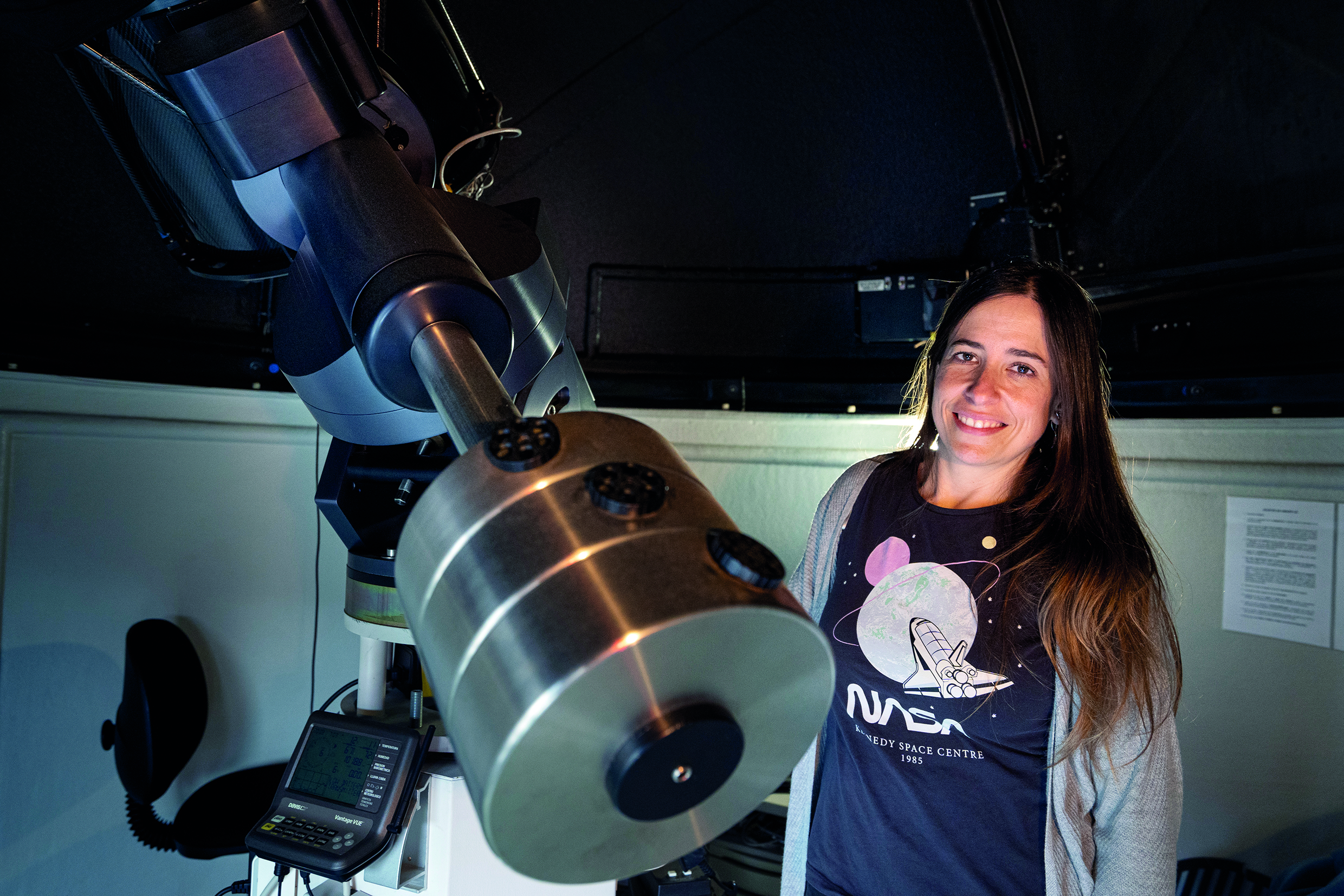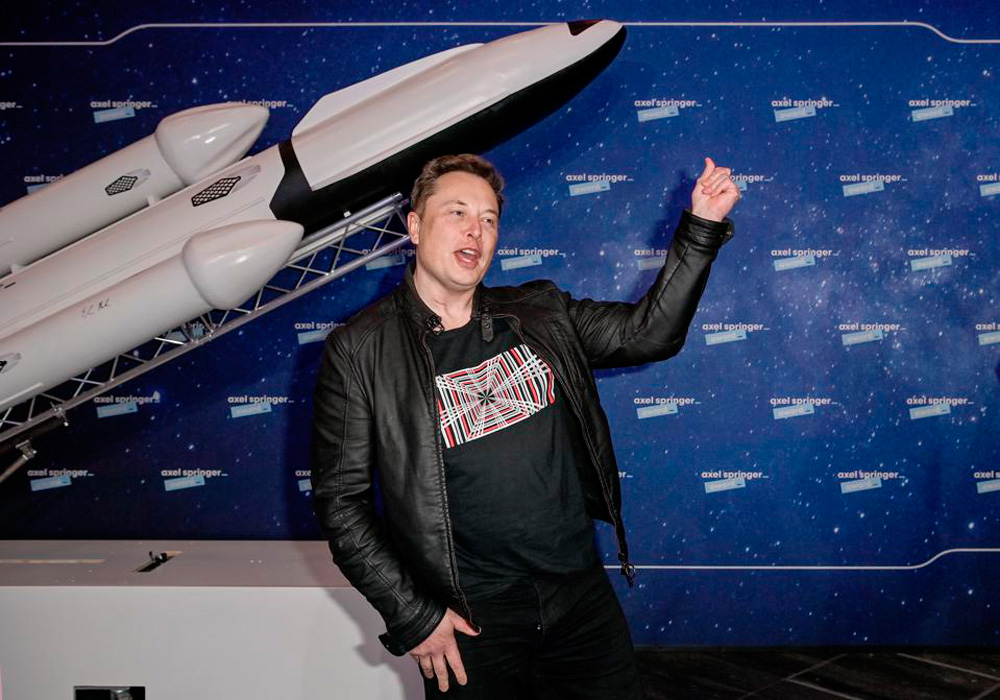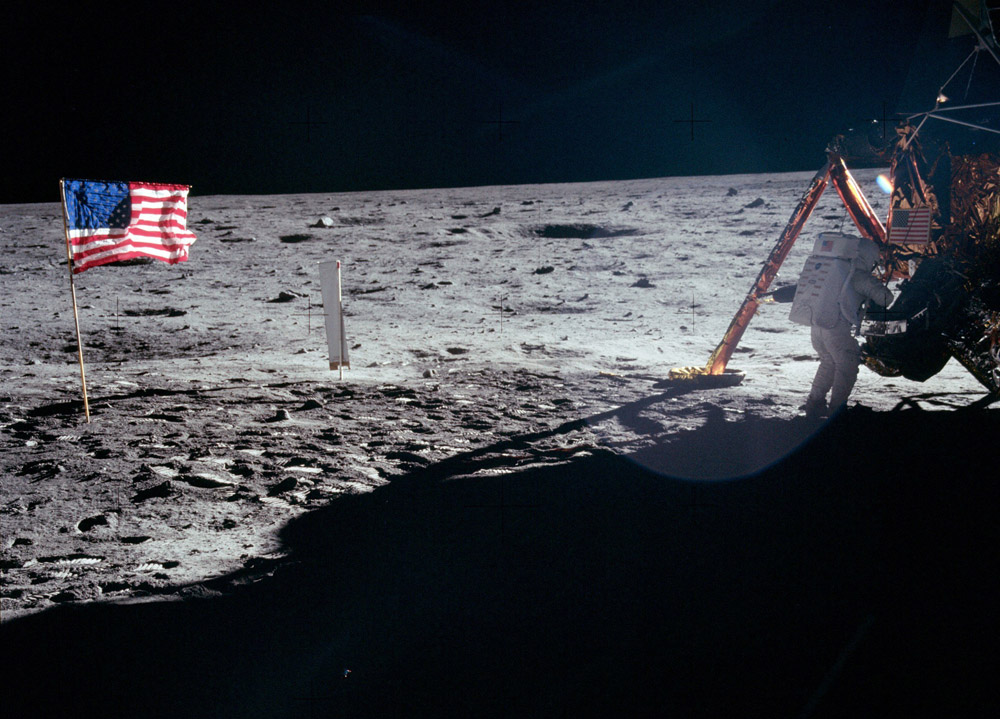"Whoever invests in space has a return in our society"
- See Karmele Gómez believes that looking at the sky can help us to know the Earth, since there are many of the keys of thought and technology that the human being has built throughout history. Its objective is to disseminate this scientific culture and to do so underlines the importance of good communication. It has the Star School of the Planetarium of Pamplona, among others, as a channel for this work.
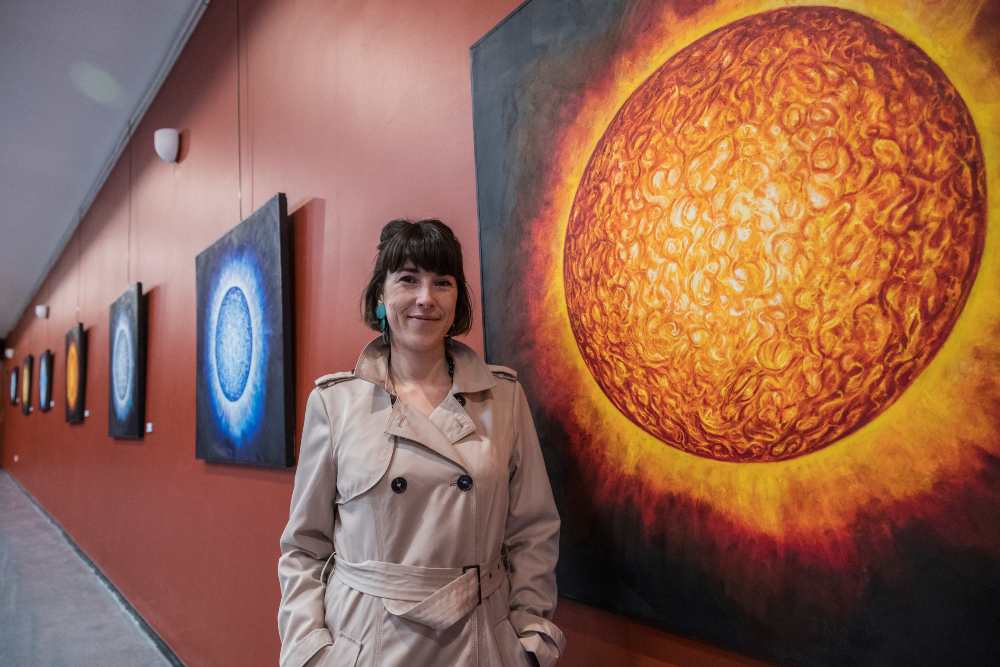
What does a communicator do on a planetarium?
In the world of science and technology there is a desire: to tell society everything that has been done so far. Humans should know that scientists are not strange people who are doing weird things in the lab. Scientists are dealing with the problems of society, whether it be cancer, radiation or anything else. Everything is related: the one who invests in space has a return in our society. And the challenge of telling it is what we're in communication. Laboratory engineers and biologists know a lot about their projects, but it's not enough to know, you also have to know how to count well. The planetarium is one of the diffusion points of this knowledge.
What is a star school?
It is a motivating resource to get to know the sky and through the sky we can explain various themes, starting with history and mythology. We can situate ourselves in the time of ancient ancestors to understand what they saw in heaven and how the heavens inspired them. Today we don't just look at the sky, but everything we've created around us comes from those thoughts, because the human being has asked himself who he is and what he does in this world. The Star School is, therefore, a very transversal resource that includes philosophy, history, mythology, science, physics, distances, scales, astronautics…
Who is the recipient?
It's a school from 0 to 99 years old. It is true that working days and morning are offered, from Monday to Friday, so most pupils come from school. But there are usually 3 year-olds (who learn through dance and theatre), 16-17 year-olds, who are dedicated to the teaching of adults, housekeepers, retirees… it is a fun way to spend the morning and is not limited to anyone. In the offer of the Escuela Estrella the age of the session is limited by the film that is finally chosen to project it.

How is heaven taught? They say it's based on the game.
Yes, but beware of the word game: in those cases we represent a space to run and jump, but here the game is done differently. There is a standard format: at first you put a film with different contents and themes. Below is an analysis of the sky of the day: if you come on November 10 you will see the sky of November 10. This brings you to reality, because what you've seen on the planetarium you can see at night from home, if there are no clouds. At the end of the day we are dealing with topical issues. The game is performed in this interval of time when there is no film: the speaker proposes questions, interacts with the public and establishes a special relationship. There's the game.
Why is it important to internalize these contents?
Because we live very fast and it helps to contextualize the world we live in. I believe that, in a simple way, it brings us to the origin. If we turn the washing machine on at home, it's not because it's magic, but because someone has asked themselves. There comes light, and light has come from the creation of the universe. It's a tool for asking questions, so that we don't get everything as it comes to us, so that we can question it. That critical spirit is what I like.
Our species has looked a lot at the sky.
A lot, and until a few years ago, always. If 600 years ago there was no war, what should be done after dinner? What was the plan? I just chatted and saw the stars at the door of the house. Sometimes we see culture and science as different, but our goal is to collect and value scientific culture.
Do we look more at the earth than at the sky?
We look at the floor, we look at the phone. In the questions of children aged three or five years it is observed that they are much more related to the environment than we in general. They know that milk is not produced in supermarkets, which is in cows.
Has the fascination for space been lost?
At the time of the cold war there was a great interest, because what had never been done was the next fate of the human being, leaving the earth. Perhaps until now that has blurred, but this year, fortunately, on the occasion of the 50th anniversary of its arrival on the Moon, we have the opportunity to awaken interest. Space before was a matter for a few. Now private companies are starting to work in this area, which means that anyone can touch some space, e-do-nork. In the STEM program, on the planetarium, we developed the CanSat project, through which over 80 students from Euskal Herria have created their own satellite, the size of a can. And we launched it, on the circuit of Los Arcos. We've put it one kilometer away and sent us the atmospheric data. I used to be in the hands of very few, but today the young people make the satellites with their own hands. That, in a few years, will bring a great revolution to the world. There's the fascination of today.
graduate and also a master’s degree in graphic design and web creation. At one point, the Planetarium of Pamplona needed a person to work in Euskera at the Izar School, and so they received me. Astrophysicists Fernando Jauregi and Javier Armentia trained me to give these sessions of the Star School with rigor and quality. After nine courses, I also coordinate the STEM (Science, Technology, Engineering and Mathematics) program to encourage young people to immerse themselves in scientific culture.”
Chão de Lamas-eko zilarrezko objektu sorta 1913an topatu zuten Coimbran (Portugal). Objektu horien artean zeltiar jatorriko zilarrezko bi ilargi zeuden. Bi ilargiak apaingarri hutsak zirela uste izan dute orain arte. Baina, berriki, adituek ilargietan egin zituzten motibo... [+]
James Webb teleskopioaren lehen irudiak eta datuak aurkeztu dituzte: unibertsoari inoiz ateratako argazkirik sakonenak eta exoplaneta baten espektroskopia-datu zehatzenak. “Kosmosaren ikuspegi berri eta iraultzaile bat”, Bill Nelson NASAko administratzailearen... [+]














